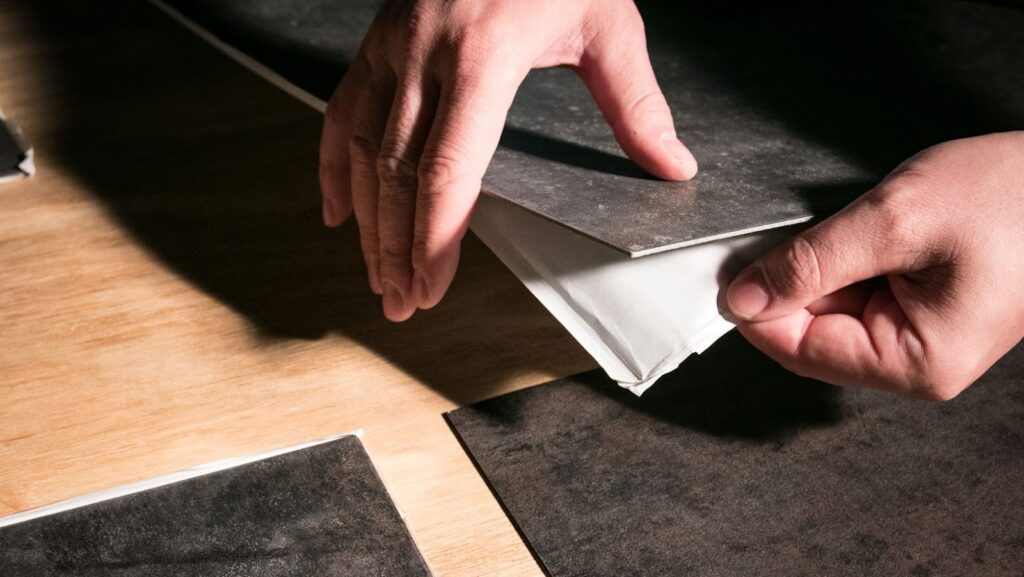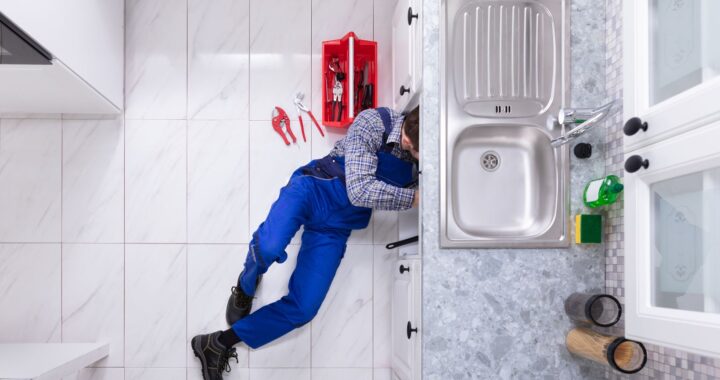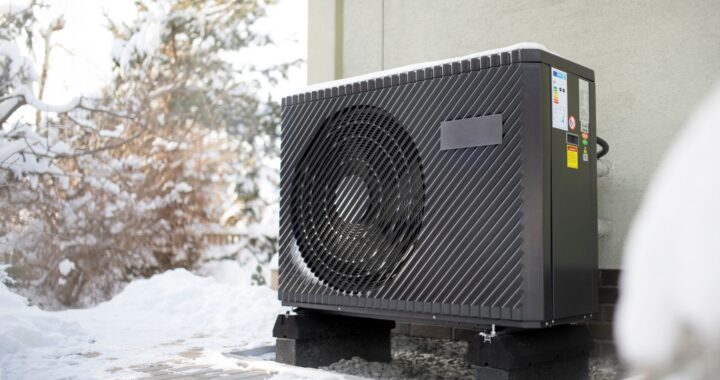Peel and stick vinyl plank flooring: a step by step guide

Installing peel and stick vinyl plank flooring is a relatively easy do-it-yourself project. Here are a few tips to make the job go smoother.
1. Make sure the subfloor is clean, dry, and smooth. Any bumps or unevenness will be visible through the vinyl planks.
2. Start in a corner of the room and work your way out.
3. Use a sharp utility knife to score and cut the planks as needed.
4. Be sure to firmly press down each plank as you install it.
5. Once all the planks are installed, use a rolling pin to seal the seams.
With these tips, you should be able to install your new vinyl plank flooring with ease. Enjoy your new floors!
How to install peel and stick vinyl plank flooring
Buy enough vinyl planks to cover the area plus an additional 10%. If the floor is longer than 12 feet, buy extra planks and cut them to size as needed. The width of the room will determine the best way to lay out the planks. If the room is less than 4 feet wide, lay the planks parallel to the longest wall. If the room is more than 4 feet wide, lay the planks perpendicular to the longest wall. Before you start installation, acclimate the vinyl planks by letting them sit in the room for 24 hours. This will help prevent shrinking or expansion due to temperature changes. Install a vapor barrier over the subfloor. This will help protect the floor from moisture. Use a utility knife to score and cut the planks as needed. Be sure to firmly press down each plank as you install it. Once all the planks are installed, use a rolling pin to seal the seams.
Cut the vinyl planks to size using a sharp blade
If you need to, use a utility knife or saw to cut the planks to size. Make sure you measure twice and cut once to avoid any mistakes. Install the vapor barrier. Before you start installation, it’s important to install a vapor barrier over the subfloor. This will help protect the floor from moisture. Start in a corner once the vapor barrier is in place, start in a corner of the room and work your way out. Use a sharp blade to score and cut the planks as you install the vinyl plank flooring, you may need to cut some of the planks to size. Use a sharp utility knife or saw to make any cuts. Be sure to firmly press each plank into place as you install the vinyl planks, be sure to press them firmly into place. This will help ensure a tight seal and prevent them from popping up later. Roll a rolling pin over the seams. Once all the planks are installed, use a rolling pin to roll over the seams. This will help seal the seams and prevent water from seeping in.
Apply adhesive to the back of each plank
If you’re using adhesive-backed vinyl planks, apply a thin layer of adhesive to the back of each plank. Start in a corner and work your way out, applying the adhesive as you go. Be sure to follow the manufacturer’s instructions for best results. Install the trim. Once the vinyl plank flooring is installed, it’s time to install the trim. This will help give your floors a professional, finished look. Start in a corner and work your way around the room, attaching the trim as you go. Use a hammer and nails or screws to attach the trim. Be sure to follow the manufacturer’s instructions for best results.

 Effective Solutions for Gutter Rust and Corrosion
Effective Solutions for Gutter Rust and Corrosion  Revealing Why Overlooking Plumbing Issues Could Cost You More
Revealing Why Overlooking Plumbing Issues Could Cost You More  Replacing an Air-to-Water Heat Pump: Should You Go for a New Model or a Repair?
Replacing an Air-to-Water Heat Pump: Should You Go for a New Model or a Repair?